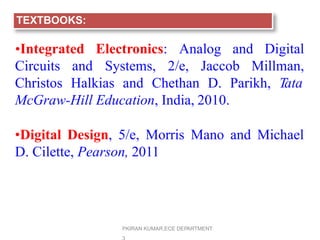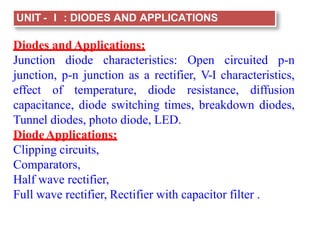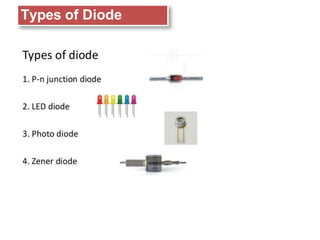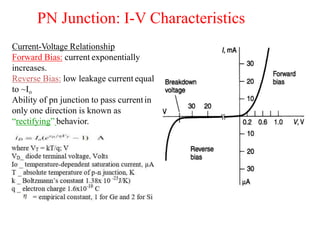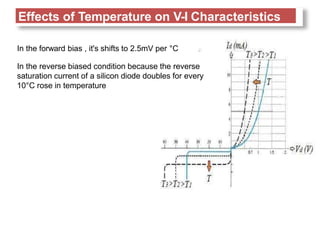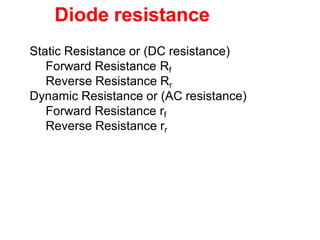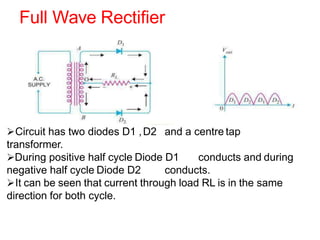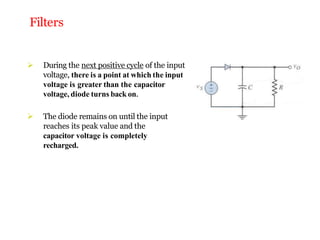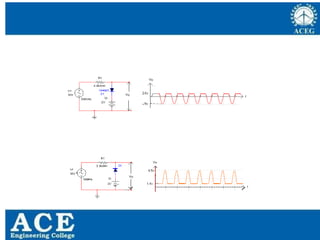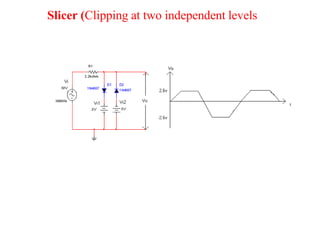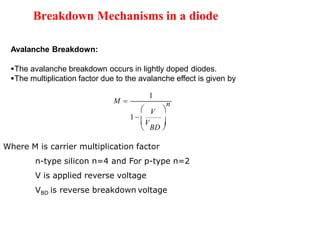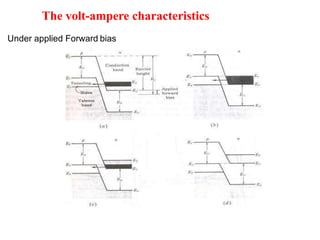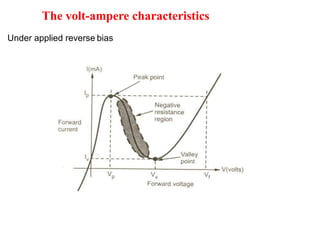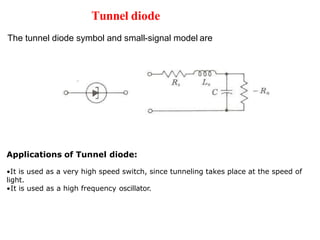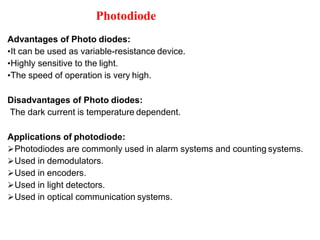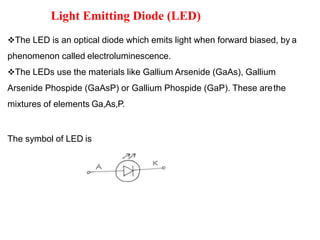This document contains a syllabus for a course on Analog and Digital Electronics. The syllabus covers 5 units: Diodes and Applications, Bipolar Junction Transistors, Combinational Logic Circuits, Field Effect Transistors and Digital Circuits, and Sequential Logic Circuits. Unit I focuses on diode characteristics such as I-V curves and applications like rectifiers. Diode types covered include PN junction diodes, Zener diodes, and photo diodes. Rectifier circuits such as half wave, full wave, and bridge rectifiers are also discussed along with capacitor filters.


